
The ability to read and write is a skill that children start developing at an early age. Even before kindergarten, many kids can grab literacy skills which contributes greatly to knowledge acquisition. Reading skills help enhance the imagination of children. It also contributes positively to personal growth. But for some, this ability is not easy to come by. Occupational therapy offers a unique way to address reading challenges that kids face. It improves the crucial cognitive, sensory, and motor skills that are essential for a person to read. Let us learn more about the role of occupational therapy in enhancing reading ability.
Occupational Therapy & Reading
Reading is one of the doors to literacy. Reading difficulties can cause frustration, anxiety, and even social isolation among children. According to various studies, its found that children who are not able to read properly by grade three are more likely to drop out of high school. Reading requires alphabetic knowledge. Difficulties in it can occur in various forms. These include problems with fluency, deciphering words, and understanding the text. These problems usually stem from deeper issues related to problems with motor coordination, attention span, and visual processing. Occupational therapists look at the bigger picture while helping children improve their reading ability. They work with each child to understand their strengths and areas of improvement. This lets them develop treatment approaches to remediate their specific difficulties. Occupational therapists work to remediate the underlying issues causing reading difficulties in children.
Read Also: Community Circle Questions
How Do Occupational Therapists Tackle Reading Difficulties?
Occupational therapists strive to gain knowledge of the specific literary challenges faced by a child. They gain both context-specific as well as a holistic perspective. This is because reading difficulties do not have a single reason. Here are some activities used by OTs to encourage reading.
1. Interactive Reading and Everyday Engagement
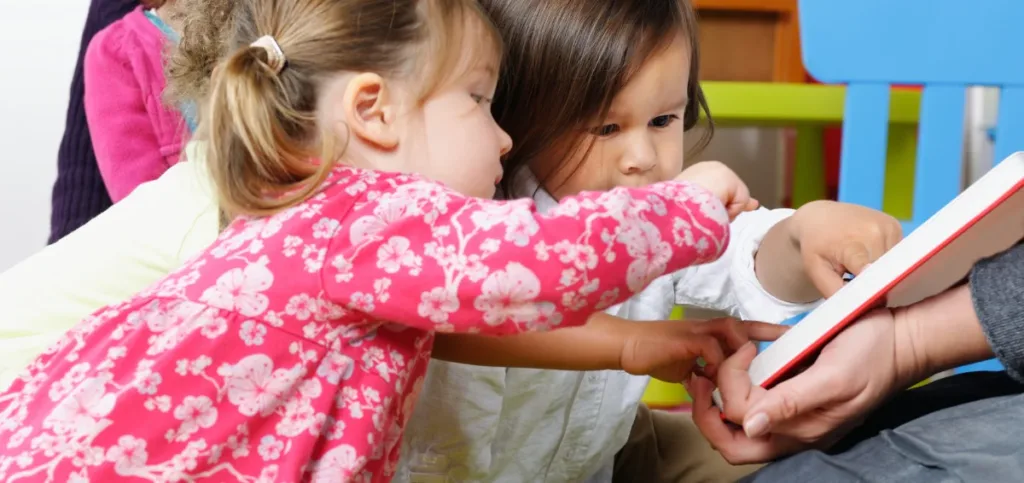
Occupational therapists find books that motivate kids. They may also arrange book stands so that the reading material is stabilized. Equipment like weighted blankets, therapy balls, or t-stools is used so children remain engaged. The professionals let children roam around the book stand, choosing books that appeal to them. They then interact with the child about the book. Children are encouraged to talk about things that they like the most. OTs encourage parents to make reading a part of their child’s daily routine. This can be done through activities like prompting children to read the text on the back of anything they purchase. Another thing is to make children read street signs when outside.
2. Encouraging Children to Write

Writing requires a combination of visual perception and fine motor skills. Both of them are also important for reading. The therapists focus on the visual motor skills of students. These are the skills that help children use their hands and eyes simultaneously to perform tasks like reading. An effective activity that therapists use is letting children ‘write’ their own book. They start by providing various pictures to children and telling them to write a story. Alternatively, they might tell them to write about their favorite person or place. The underlying aim is to enable children to express themselves through their own words. Sometimes, the professionals can use other materials like pain in the activity. Another similar activity can be to read out a passage to students and ask them to rewrite the story in their own words. As they do this, ask them to identify major characters and describe the plot.
3. Reading and Acting
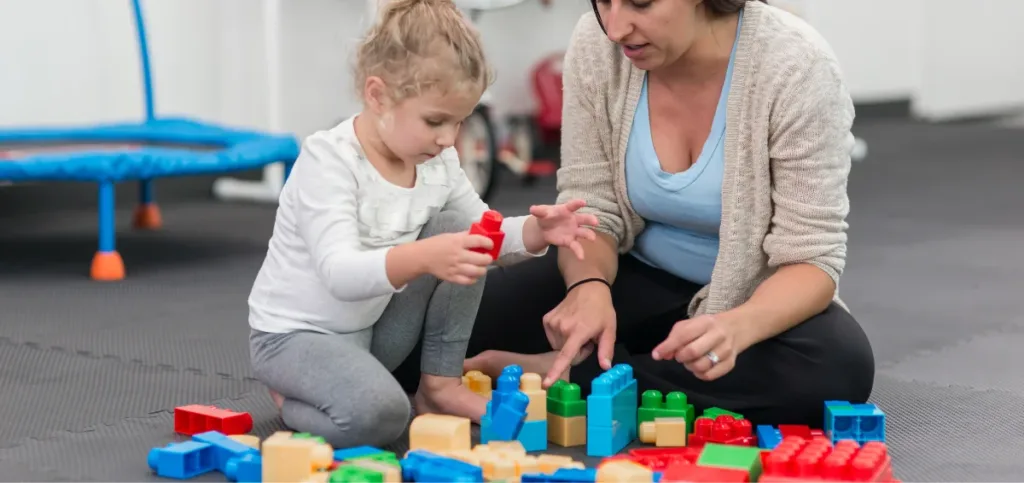
Reading and acting are other fun activities that occupational therapists use. Parents can also do it at home. Give a passage for students to read. If your child encounters much difficulty in reading, ask them to listen as you read. When the passage is over, ask the child to act based on what they heard or read.
Type of Evaluations Performed by OTs
To correctly gauge the level of reading difficulty that a child is experiencing, OTs conduct different types of evaluations. These include the following:
1. Beery-Buktenica Developmental Test of Visual-Motor Integration
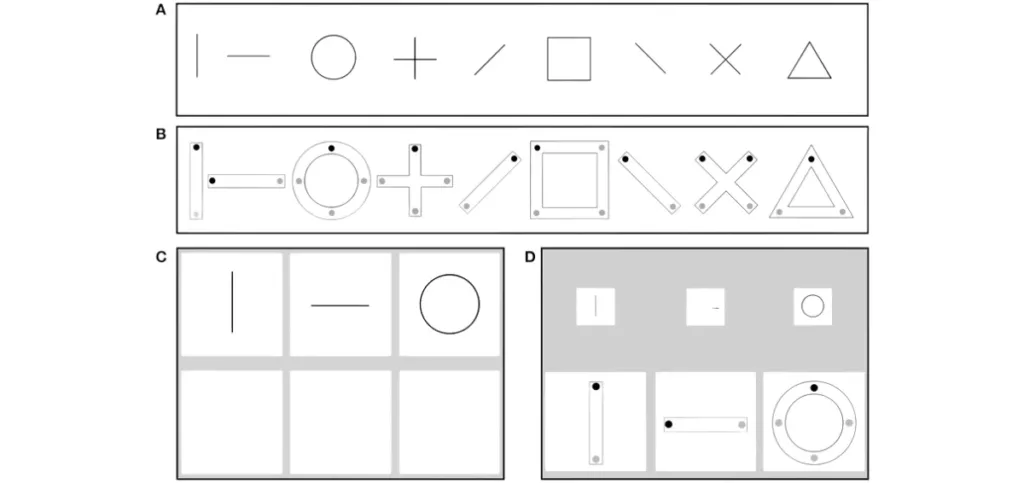
This test determined whether a child exhibits visual-motor integration skills according to their age. It helps identify challenges in visual-motor integration. OTs use this information to tailor their plan so the deficits are addressed.
2. Motor-Free Visual Perception Test
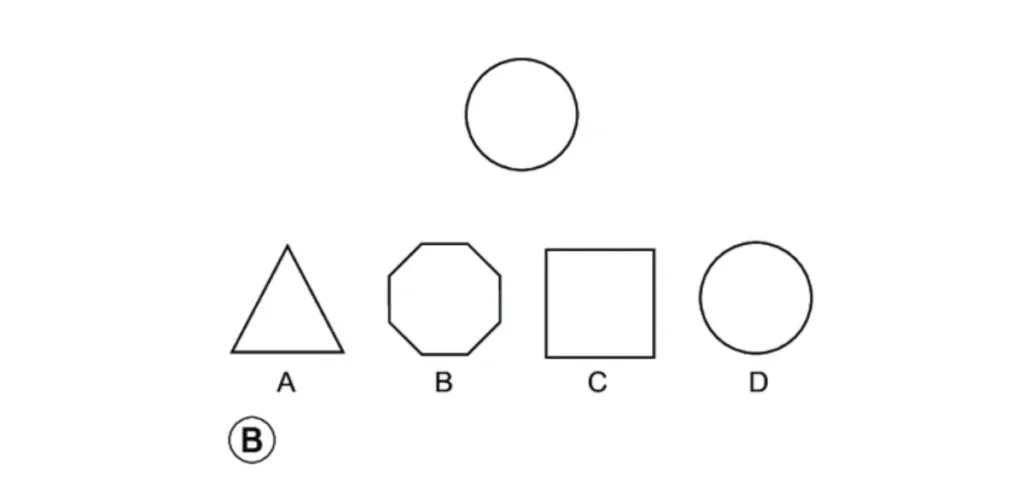
Through this standardized evaluation, the OT measures the child’s visual perception skills distinct from motor skills. It helps them find out whether the visual perception skills of the child are within their functional age range.
3. Sensory Profile 2
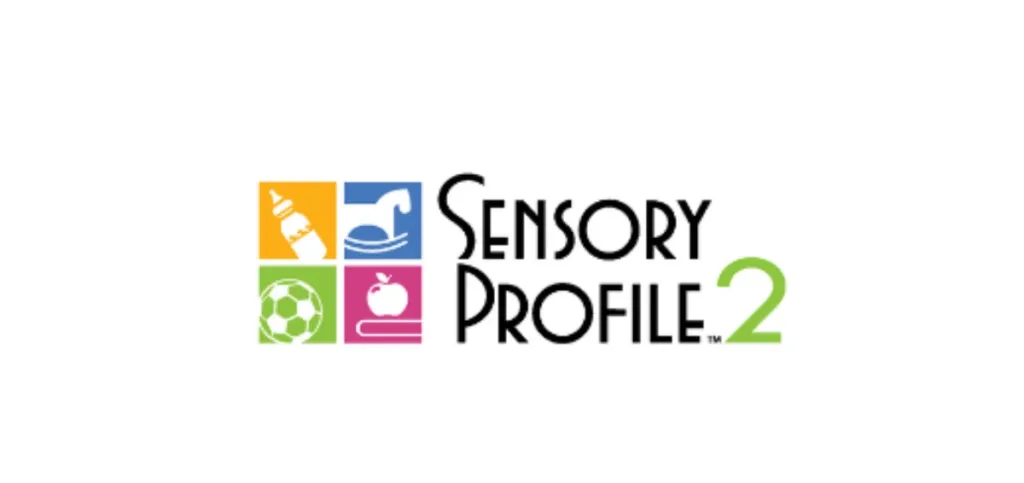
Sensory Profile 2 is a product used by OTs. It contains a set of standardized tools for children from 0 to 11 years. They are used by OTs to assess the sensory processing patterns of the child.
4. Clinical observation of school-related skills

OTs can holistically look at school-related routines and activities of the child. These include how well the child is able to complete classroom assignments, turn pages in a book, feed themselves, perform self-help activities, and the like. This enables them to make necessary modifications in their plan to better suit the child’s needs.
Also Read: Indiana Parenting Time Guidelines
How Do You Know Your Child Needs an Occupational Therapist’s Intervention?
As mentioned above, there can be various reasons why your child struggles with reading. Occupational therapy can be beneficial if you notice your child exhibiting the following:
- The child does not have well-developed fine motor skills. This manifests in their inability to hold or manipulate objects.
- The child has messy handwriting. It can stem from an underlying motor skill difficulty.
- The child is extremely sensitive to sensory inputs. This includes touch or sound. It takes their attention away from reading.
- Your child exhibits attention-related issues. They are not able to stay focused during any reading activity.
- The child has problems with visual perception. It manifests as difficulties in differentiating between words or letters.
- The child becomes annoyed or frustrated quickly when reading. Alternatively, they might totally avoid reading activities.
Final Thoughts
Occupational therapy for reading has proven immensely effective in enhancing reading skills in children. The professionals partner with classroom teachers, special education teachers, and the child’s parents to create plans that effectively address issues preventing the development of reading skills. Thus, with the right guidance, children improve their reading skills, which, in turn, helps them enhance their overall academic outcomes.









